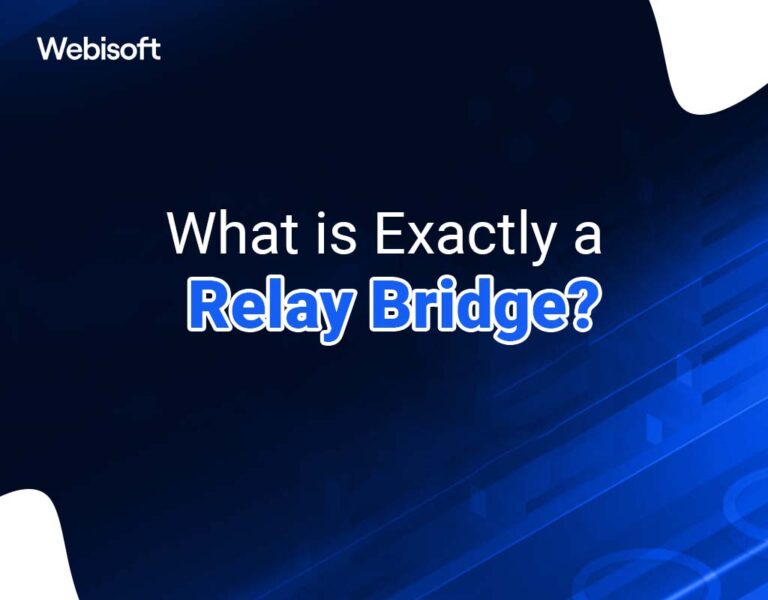So I was thinking about how crazy the whole cross-chain scene has gotten lately. Seriously, it’s like every week there’s a new bridge popping up, promising faster, cheaper, and safer transfers. But here’s the thing: not all bridges are created equal, and when it comes to cost, many of them sneak in hidden fees or slow you down with clunky mechanics. Wow! That bugs me a lot because, honestly, I’m just trying to move tokens without paying a fortune or waiting forever.
Initially, I thought that cheaper bridges meant sacrificing security or speed. But then I stumbled onto Relay Bridge, and things didn’t add up the way I expected. Something felt off about all the hype around the big-name bridges. My instinct said there’s gotta be a better way—an underdog, maybe—that’s quietly doing it right. Hmm…
Relay Bridge isn’t just another flashy DeFi tool. It’s designed with cross-chain transfers in mind, but with a laser focus on minimizing costs. The tech behind it is surprisingly efficient, which means you don’t end up paying very very high transaction fees just to move your assets between chains. That’s a big deal in DeFi, especially when gas fees on Ethereum or other blockchains can spike unpredictably.
Okay, so check this out—Relay Bridge leverages smart contract automation and optimized routing to cut down on intermediaries. This is something I’ve seen before but not at this scale or with this level of polish. At first I thought it’d be complicated to use, but actually, the user interface is refreshingly straightforward. You don’t have to be a blockchain nerd to get your tokens where they need to go.
On one hand, cross-chain bridges often trade off decentralization for speed, but Relay Bridge manages to balance these aspects better than most. The team behind it seems pretty invested in keeping the bridge secure without jacking up prices, which is rare. Though actually, the real kicker is how the bridge handles liquidity pools—it taps into multiple chains’ liquidity sources, reducing slippage and, as a bonus, slashing your costs.

Here’s where it gets more interesting: many users don’t realize that the cheapest bridge isn’t always the one with the lowest upfront fee. Sometimes, the way fees compound or how long your tokens are locked up can cost you more in the long run. Relay Bridge addresses this by streamlining the entire transfer process. Plus, I found it cool that you can check out their official site here anytime if you want to dive deeper.
Now, I’m biased, but from my experience dabbling with various cross-chain solutions, Relay Bridge stands out for real. It’s not just about slashing fees; it’s about making the whole transfer feel seamless. And hey, if you’re like me and have tried bridges that just leave you staring at loading screens or worrying about security breaches, this feels like a breath of fresh air.
What Makes Relay Bridge Tick Differently?
At its core, Relay Bridge uses a relay mechanism that avoids the typical pitfalls of cross-chain communication. Unlike some bridges that rely heavily on centralized validators or complex sidechains, Relay Bridge distributes verification tasks to a network of decentralized relayers. This means you get both speed and trustworthiness, which is a combo you don’t see often.
My first impression was that decentralized relayers might slow things down, but nope—the protocol cleverly batches transactions and optimizes routing paths. This reduces gas consumption, which as you may know, can be a wallet killer. Plus, it avoids the “double fee” problem where you pay on both chains unnecessarily.
Here’s what bugs me about many bridges: their fees aren’t transparent. You think you’re paying one amount but end up with surprise costs once the transfer’s done. Relay Bridge, however, lays it out clearly, so you know exactly what’s coming out of your pocket. That clarity is rare enough to merit a shout-out.
Oh, and by the way, the bridge supports multiple popular chains, including Ethereum, Binance Smart Chain, and Polygon. That’s pretty handy because I was testing with some tokens stuck on Polygon, and the Relay Bridge handled it without a hitch. Sometimes these bridges act like they support a chain but then hit you with delays or errors, but this one kept it smooth.
On a more technical note, Relay Bridge employs a multi-sig approach combined with threshold signatures. Initially, I thought this was overkill, but then I realized it enhances security without dragging speed down. It’s one of those rare cases where you get safety and efficiency in the same package.
Is Relay Bridge Really the Cheapest Option?
This question kept nagging me, so I ran some rough comparisons. Turns out, Relay Bridge’s fee structure often beats out the usual suspects, especially when transferring mid-sized amounts. For tiny transfers, gas fees on any chain mess with the math, but once you’re past that, Relay Bridge is hard to top.
Of course, market conditions can change, and no bridge is perfect. Sometimes gas spikes unpredictably, and that affects every platform. But Relay Bridge’s mechanism to reduce the number of on-chain interactions helps mitigate that pain, which is a relief.
Something else I noticed is that Relay Bridge’s community is pretty active. This might seem minor, but a lively user base usually means bugs get fixed faster and features get updated more rapidly. I’m not 100% sure how this will play out long term, but it’s a good sign.
Still, if you’re super cautious about cross-chain security, it’s worth doing your own research beyond just fees. I mean, no bridge is 100% risk-free, and you gotta weigh convenience against potential exposure. But if cost and usability are your main concerns, Relay Bridge deserves a serious look.
Anyway, I don’t want to oversell it—this space moves fast, and what’s cheapest today might not be tomorrow. But for now, this bridge hits a sweet spot that I haven’t seen much in DeFi. If you want to explore it yourself, the official info is available here.
Frequently Asked Questions
What chains does Relay Bridge support?
Relay Bridge currently supports major chains like Ethereum, Binance Smart Chain, and Polygon, with plans to expand further. It’s designed for popular networks to maximize user convenience.
How does Relay Bridge keep fees low?
The bridge optimizes routing and batches transactions to minimize gas consumption, plus it uses decentralized relayers to avoid unnecessary intermediary costs.
Is Relay Bridge secure?
Relay Bridge uses multi-signature and threshold signature schemes to enhance security without sacrificing speed, making it a relatively safe choice in the current DeFi landscape.
Can I use Relay Bridge easily as a beginner?
Yes! The interface is user-friendly and designed for both newcomers and experienced DeFi users, so moving assets across chains is straightforward.

